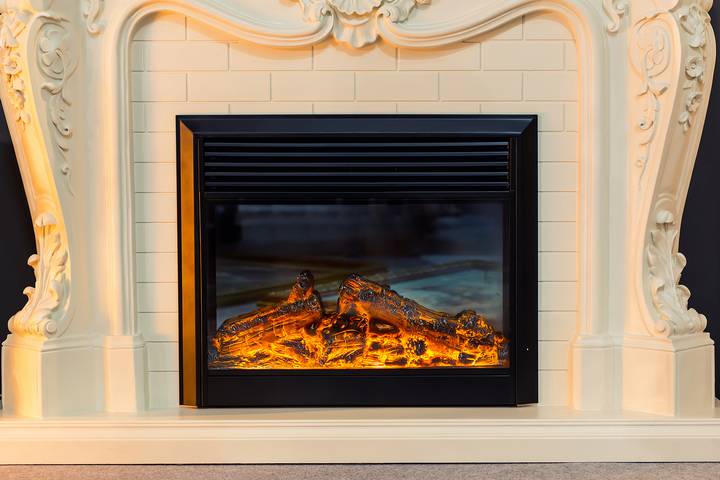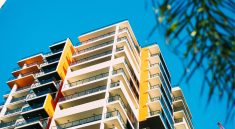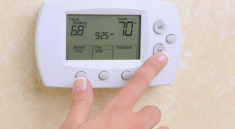A fireplace looks amazing in any home, especially a more traditional wood-burning fireplace. The downside to a fireplace is that they often aren’t always the most efficient way to heat an entire home. You may be able to get comfortable in the room, but the second you step outside, it’s a drastic temperature change.
A fireplace works to provide heat through some fairly simple systems. When you light your fireplace, oxygen from inside the chimney feeds the flames and fuels the fire to burn. While cool air is sucked into the chimney, hot air rises along with the smoke, soot, and other contaminants generated by the fire. This presents an issue, though. The continuous flow of cold air causes the room to lose more heat than is necessary without extra steps being taken.
Here is how to make a fireplace more efficient:
1. Add glass doors to your fireplace
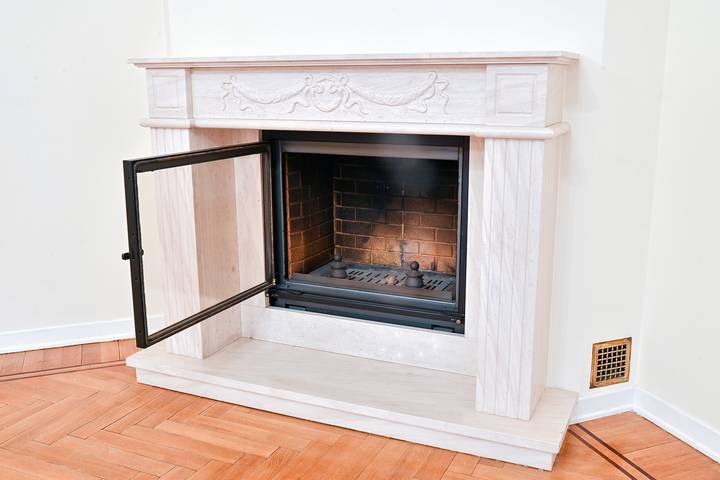
Adding a glass door to your fireplace will block drafts. They also reduce the chance of sparks escaping or logs tumbling out. Neither a pet nor a young child can get too close to a fireplace.
They’re all around a great addition and can go so far as to double a fireplace’s heat efficiency. No longer will cold air enter the room. All you will get is the heat.
2. Install a metal firebox to circulate warm air
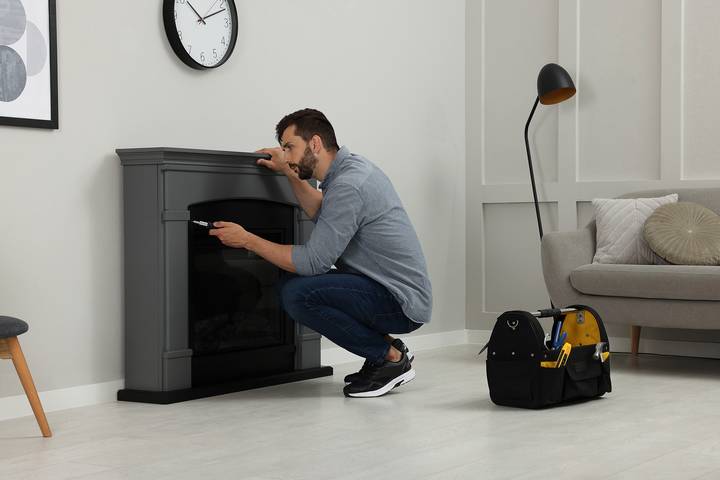
A metal fireplace is made from cast iron or steel. The insulated glass sometimes fronts it. It contains a blower which helps to circulate hot air through ventilation.
This works a little bit like alternative forms of heating in the sense that it helps to circulate warm air further out than a fireplace normally would.
3. Burn seasoned wood
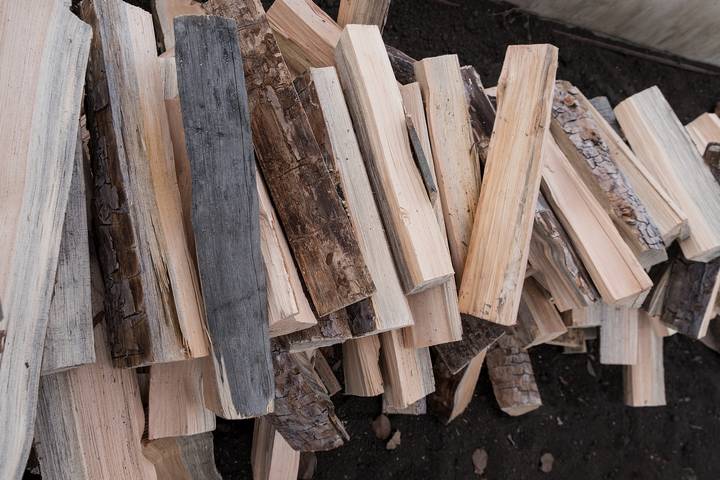
If you use wood fireplaces, always choose seasoned wood. Fresh wood has a high moisture content, which is bad for burning. More moisture means a smokier fire. That means a quicker burn and less heat.
Instead, burning seasoned firewood uses wood that has been dried for six months or longer. It has far less moisture which equates to a slower burn, a more efficient burn, and one with less smoke and soot.
4. Close the damper when the fireplace is not in use
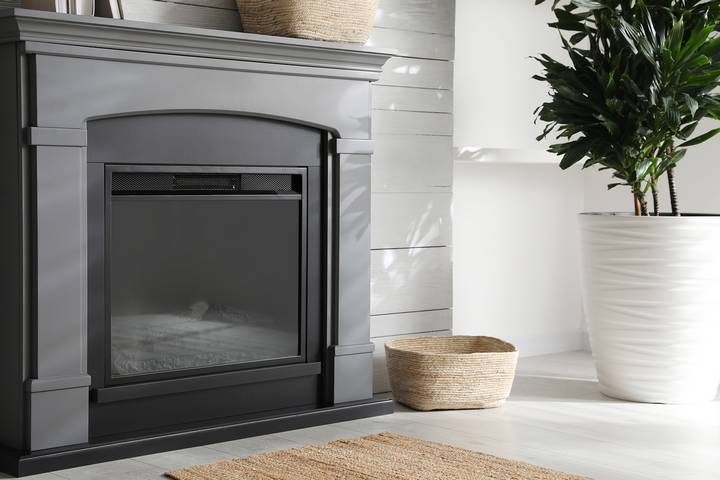
When the fireplace is not in use or immediately after, close the damper once the fire has burned and the embers are all burned out. This will prevent warm air from escaping the chimney and keep the warmth in your home.
Remember to open the damper the next time you want to use the fireplace and always before lighting any fire. Be extremely careful to only have the damper closed when nothing is burning.
5. Reverse your ceiling fan circulation
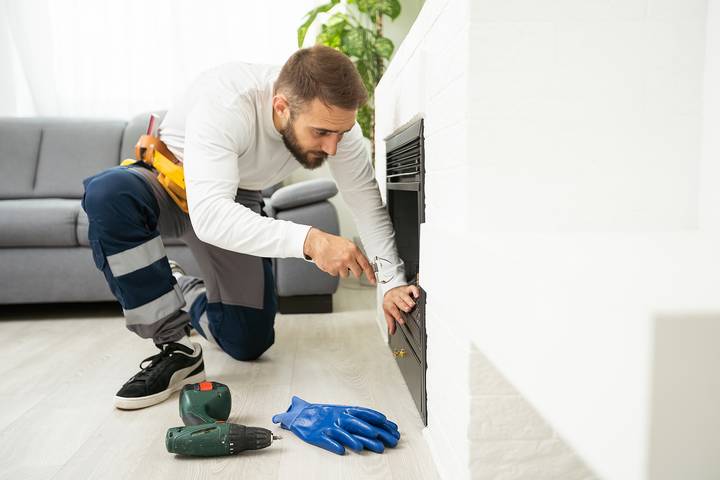
If you have ceiling fans in your residence, reverse their operations and spin them clockwise. What this does is create an updraft. The heat will spread through your space more evenly.
In some cases, this tiny trick can save a household an average of 15% off their heating costs. You’re barricading the temperature in the space instead of cooling it down, which happens when a ceiling fan spins counterclockwise.
6. Install a fireplace insert
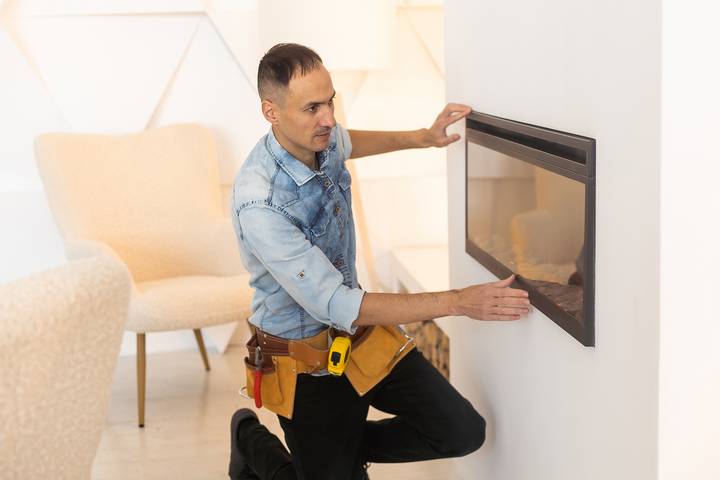
Up to 85% of the heat generated by a typical masonry fireplace is lost up the chimney. That’s incredibly inefficient!
A fireplace insert is a self-contained heating appliance that fits inside the opening of an existing fireplace. It allows a user to retain up to 90% of the heat a fireplace generates while using only a third of the fuel. This closes the gap in heating efficiency while producing less smoke and soot.
7. Convert your wood fireplace to gas
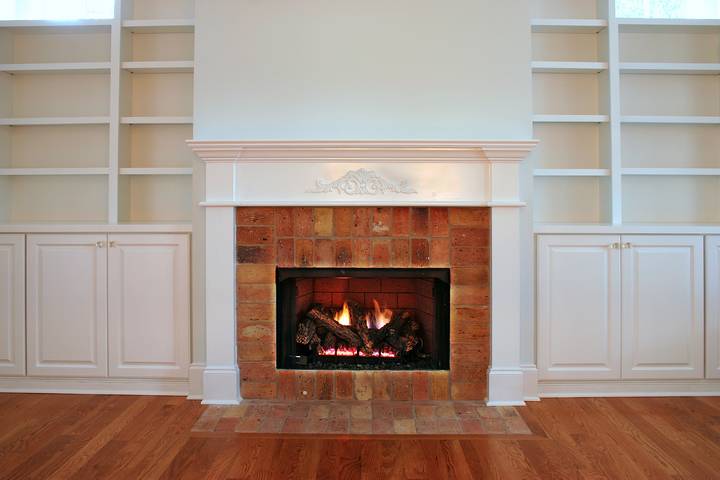
A gas insert can improve the performance of a fireplace in a big way. Multiple studies show a ventless gas fireplace will emit the highest amount of heat with maximum efficiency and is environmentally friendly.
You can maintain the look and feel of a normal fireplace, except you don’t need a chimney. Instead, heated air is recirculated repeatedly through the room and back into the fireplace.
8. Don’t burn low-quality materials
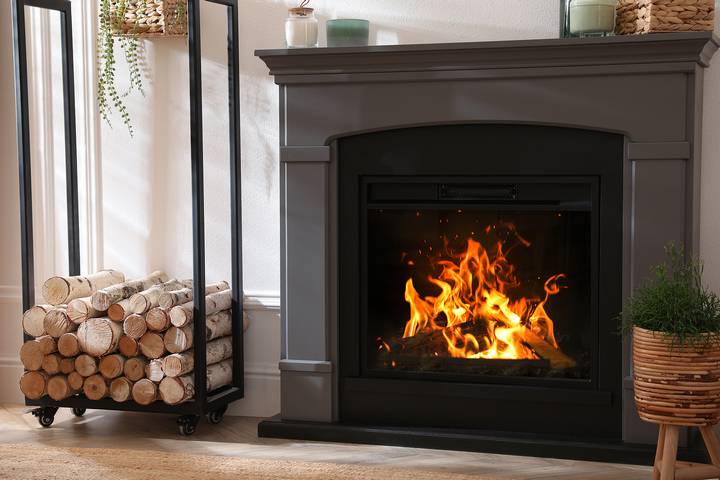
There is a long list of materials to never put in your fireplace. Any of these can interfere with fireplace efficiency. Wet wood of any kind will not produce the heat you want. Christmas trees shouldn’t be burned, nor should paint or treated lumber.
No pizza boxes or paper with coloured print should be burned. Do not burn plywood, particle board, or chipboard, as they can produce toxic fumes. Driftwood, cardboard, dryer lint as a fire starter and plastics should never be used. Always go with premium-grade, high-quality wood for your fireplace to optimize efficiency.

